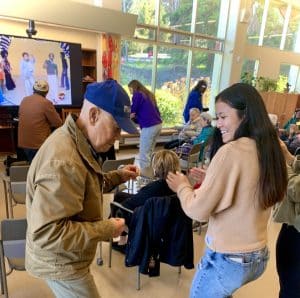Far From Frightful: Winter Activities for Older Adults in the Bay Area
Amber grew up in Buffalo before moving to the Bay Area in her 40s. Though she’s been here for more than 35 years, she still can’t get over the winters. That is to say, she can’t get over the fact that there is no winter.


